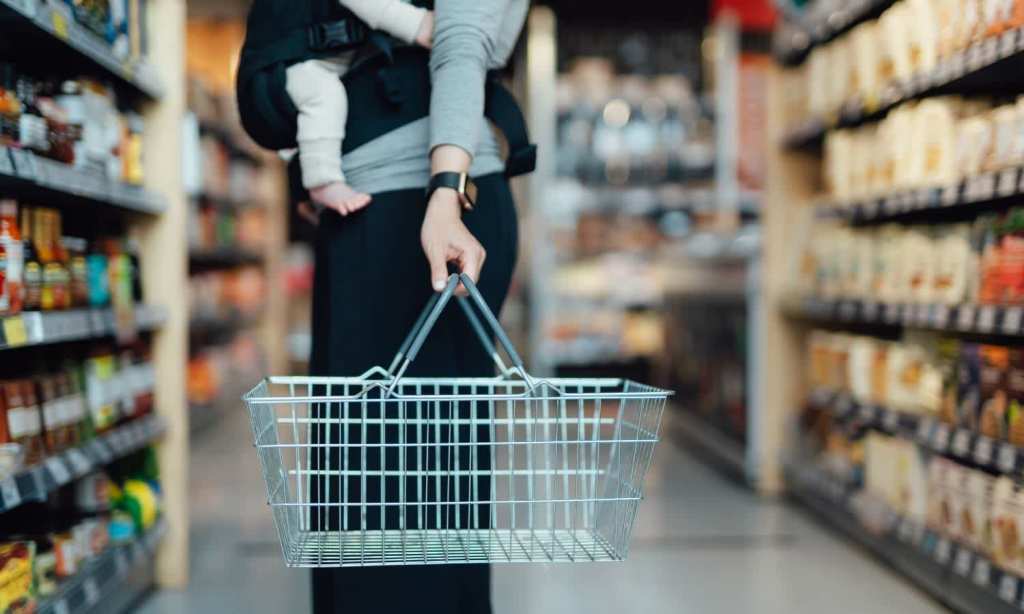Treasurer Josh Frydenberg has announced the government’s plans for Australians over the coming 12 months, handing down the 2022 Federal Budget.
The budget is essentially what the government will and won’t be spending on this year and generally aims to deliver on election promises and address some of the more pressing issues that have arisen over the previous year.
Calling the budget “ambitious” and “optimistic”, Frydenberg said that while “we live in uncertain times… Australia remains resilient, Australia remains strong.”
So with unemployment rates at 4% the national deficit at $78 billion, here’s a breakdown of what the 2022 Australian Federal Budget means for you.
What Was Actually In the Budget?
Cost of Living
Australians earning under $126,000 a year will be eligible for a $420 one-off bonus after lodging their tax returns from 1 July 2022.
Drivers will save a whopping 22.1c a litre on petrol under the government’s fuel excise cut. But beware: the savings measure is expected to last for six months.
35,000 Australians hoping to enter the property market will now have a chance to buy a new or existing property with as little as a 5% deposit. The scheme also offers an additional 10,000 guarantees for Aussies wanting to buy or build in regional areas, and 5,000 guarantees for single-parent families with as little as a 2% deposit.
Read more here.
Pensioners
A one-off payment of $250 will also be available for pensioners, welfare recipients, veterans and concession cardholders from April 2022.
Healthcare
The Government has announced a $52.3 million investment to improve suicide prevention in the wake of the pandemic and growing mental health issues across the community.
Endometriosis suffers have also been acknowledged with a $58 million package going towards improving diagnosis times, establishing specialised clinics across Australia and Medicare-funded treatment rebates.
Thresholds for the Pharmaceutical Benefits Scheme (PBS) have also been extended to support around 2.4 million Australians, and a further $2.4 billion over four years has been allocated for new and amended medicine listings to reduce out‑of‑pocket costs for treatments including cystic fibrosis, spinal muscular atrophy and bowel cancer.
Read more here.
Parents
The national paid parental leave scheme has been updated to include a full 20 weeks. Families with two parents will have greater flexibility around who can access the leave, and single parents will now be able to access the full 20 weeks.
Around 250,000 families are also set to save up to $2,260 per year on childcare thanks to additional changes to childcare rebate caps.
Parents will also be happy to see $225.8 million going towards improving educational outcomes with a focus on disadvantaged students and a $2.2 billion investment in higher education.
Read more here.
Environment
An additional $1 billion will go to protecting the Great Barrier Reef, improving its health and supporting jobs in the region.
$170 million is also set to be invested in protecting threatened native species and habitat restoration, tree planting projects, national parks, and koala recovery and conservation.
There’s also $839.9 million going towards Antarctica exploration, research and management.
For recycling efforts, Australians will see $83.1 million spent on growing recycling capabilities and developing recycling technologies.
Read more here.
Employment
$365.3 million has been allocated to help an extra 35,000 apprentices and trainees into a job as part of its Boosting Apprenticeship Commencement wage subsidy.
The subsidy gives eligible employers a 12-month wage subsidy support to pay wages across the first, second, and third years of apprenticeships.
Aged care workers will also receive cash bonuses of up to $800, which will be paid in two instalments.
National Security and Defence
There’s also a $9 billion package aimed at improving Australia’s cybersecurity and intelligence capabilities. The five-year-long package will tackle increasing cyber-attacks among other key issues and includes the establishment of a new cyber and critical technology centre.
Technology & Infrastructure
A further $480 million has been committed to improving NBN infrastructure across regional, rural and remote areas in Australia to improve coverage and allow for higher-speed services.
There’s also $16 billion in infrastructure projects that includes the promise of a train line from the Sunshine Coast to Brisbane, as well as major road upgrades to tourist hot spots like Darwin, Alice Springs, Kings Canyon. Uluru and Halls Creek in the Northern Territory, a $4 billion shipbuilding project in West Australia, and $1 billion going towards university and industry collaboration.
Trying to understand the funding, ABC reporter Annabel Crabb said the collection of infrastructure projects “Really only make sense when you roll out an electoral map over them.”
Read all of our budget coverage, here.
Read more stories from The Latch and subscribe to our email newsletter.

